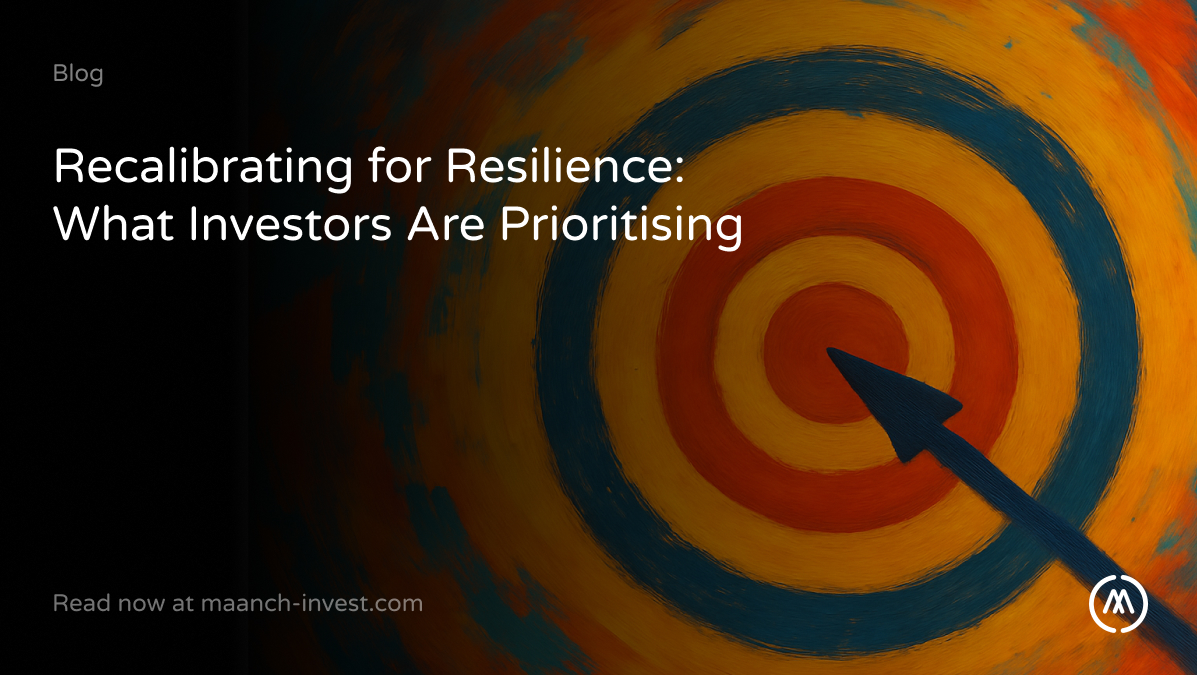Environmental, social, and governance (ESG) issues aren’t treated equally. Determined by industry relevance and organisational priorities, investors and corporations choose to focus on different segments of ESG. Social factors, generally understood to be more difficult to quantify, have traditionally lagged behind environmental factors, but the Covid-19 pandemic has become a catalyst for the ‘S’ in ESG. Through engagement and stewardship, investors are increasingly shaping social structures both inside and outside of organisations.
Social Focus
In a Responsible Investing Study research study conducted by Research in Finance, UK institutional investors named workers rights and conditions, fairness and equality, diversity, as well as human rights and community engagement as their top social concerns. In line with the increasing spotlight on ‘S’, the percentage of investors highlighting diversity as a top issue rose from 19% in 2019 to 28% in 2021. Similarly, the number of investors highlighting human rights as a key issue rose by over 10% in the last two years.
Engagement and ‘S’ issues
With the pandemic further highlighting systemic inequities, the focus on workers’ rights, equality, and diversity and inclusion seems to have grown in parallel. Nested within these social issues are concerns about the gender wage gap, supply-chain labour violations, underpaid workers, and CEO-to-employee remuneration ratios. Through stewardship, both active engagements and proxy voting, asset managers and institutional investors are uniquely positioned to shift the needle on social issues. Although measurement and data collection within engagement can be time-consuming and largely-manual, this can be aided with the Maanch Engagement Tracker– an online platform for investors to efficiently capture, analyse, and record ESG engagement data.
The foundation for improvements against many ‘S’ indicators lies with disclosure– among this is diversity data. In early 2021, State Street published its proxy voting agenda– highlighting their stewardship priorities for the year. In their agenda, State Street drew focus to climate risks and racial and ethnic diversity. Under the new guidance, the organisation emphasised its expectations of portfolio companies. These included disclosing the racial and ethnic diversity of their boards and global workforce, long-term diversity and inclusion strategy and goals, as well as outlines of how the boards planned to execute their oversight role in diversity and inclusion. Alongside the ask for disclosure, State Street announced that beginning in 2021 they would vote against the Chair of the Nominating & Governance Committee of companies that failed to disclose the racial and ethnic breakdown of the board, and by 2022 would vote against a company with no board members from an underrepresented community.
The role of data
Whilst diversity and inclusion, workers’ rights and conditions, and fairness and equality (much like most ‘S’ factors) can not be entirely captured in top-level metrics, having data on the composition of the workforce and board is a good starting point. With disclosed metrics forming a foundation, additional engagements and proxy votes can be initiated by asset managers and institutional investors. Through votes against excessive remuneration and the adoption of overtime wages, investors can make a significant impact on the social systems that define a workplace.
Even with the difficulties of quantifying and collecting data on ‘S’, many asset managers are actively divesting from companies that do not meet their sustainability goals. Just last year Aberdeen Standard Investments divested a large stake following an “inadequate” response from the board in regards to allegations that workers in the supply-chain were being paid below rates the minimum wage.
The role of tech
The ambiguity and complexity that surrounds the ‘S’ pillar of ESG is balanced out by its significant potential. The challenge of measurement and reporting stands, but with the integration of technology, we can hope to alleviate some of the time and cost restraints in addressing societal social needs.
Read about our take on the investor engagement and the environmental factors of ESG here.
If you would like to know more about Maanch’s Engagement Tracker, or are an investment professional interested in attending our upcoming Effective Engagement Roundtable event, please get in touch with Heer at heer@maanch.com.
Blog by Maanch team member Heer Baxi.




